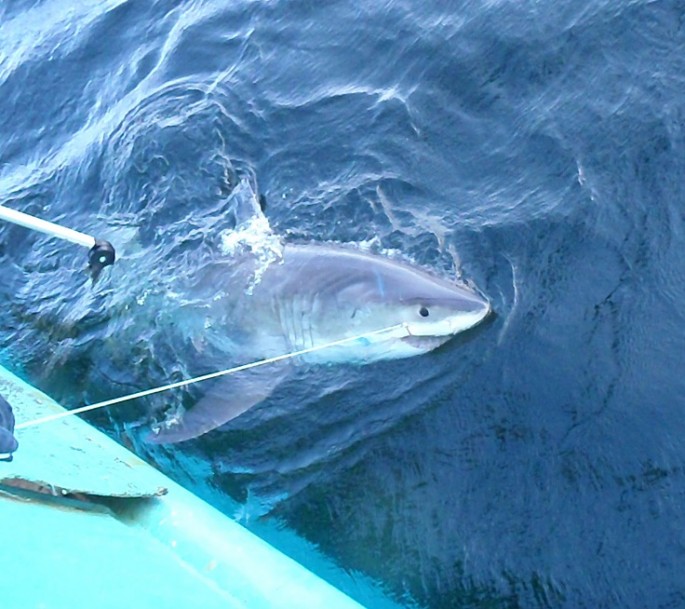Researchers announced that there are more sharks than ever before swimming along the East Coast of the United States amidst a busy summer where a recorded number attacked many beach goers in North Carolina.
National Oceanographic Atmospheric Administration (NOAA) scientists have tagged and monitored some 2,835 sharks found in Florida waters to North Carolina in 2015 compared to the recorded 1,831 in 2012. This survey focuses on recording the sharks' length, sex, age and location of every shark that is captured, that has been an ongoing study for 29 years.
According to Narragansett Laboratory of NOAA Fisheries' Northeast Fisheries Science Center (NEFSC)'s Lisa Natanson who is also the head of this coastal shark survey, this rise in shark population is also linked to federal regulations that limits commercial shark fishing that was enacted in 1993. This law helped the species to rebound and return to the region, she adds.
This shark survey is conducted every two to three years that spans East Coast migration routes of many shark species especially when waters become warmer, making the process easier to track the sharks, according to NOAA.
This year however, the most common shark species in the region include sandbar sharks, dusky sharks, tiger sharks and Atlantic sharpnose sharks from the 13 species that were detected by the charter fishing vessel, Eagle Eye II that sails from Port Royal, Southern Carolina to Fort Pierce, Florida during the months of April and May.
Researchers uses a line with baited shark hooks to lure the giant predators, where they observed a spike in numbers from Florida waters.
Even if there is an increased shark population in the region, Natanson reassures that beach goers should not think that there will be a rise of shark attacks as well, although she adds that there will always be a risk. Natanson also adds that the survey was conducted in waters where people were not swimming.
There were 2,179 sharks involved in the survey that were tagged and released and 434 were also brought aboard including 222 of them that were released untagged. Those sharks that did not survive the capture were dissected at sea to acquire biological specimens for shark studies involving age, growth and reproduction and diet, according to NOAA.



























